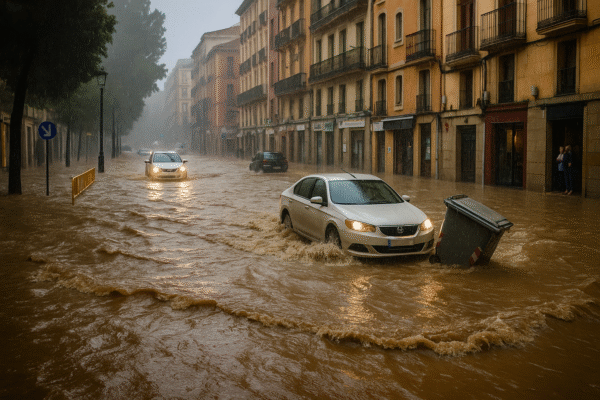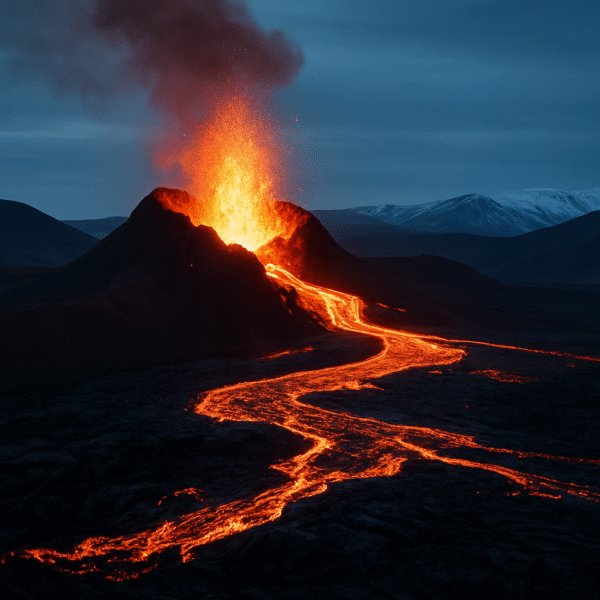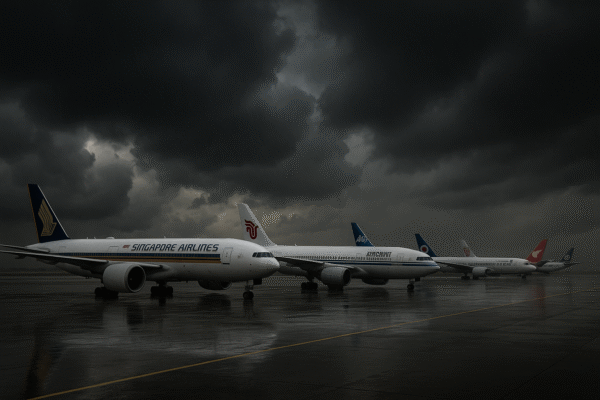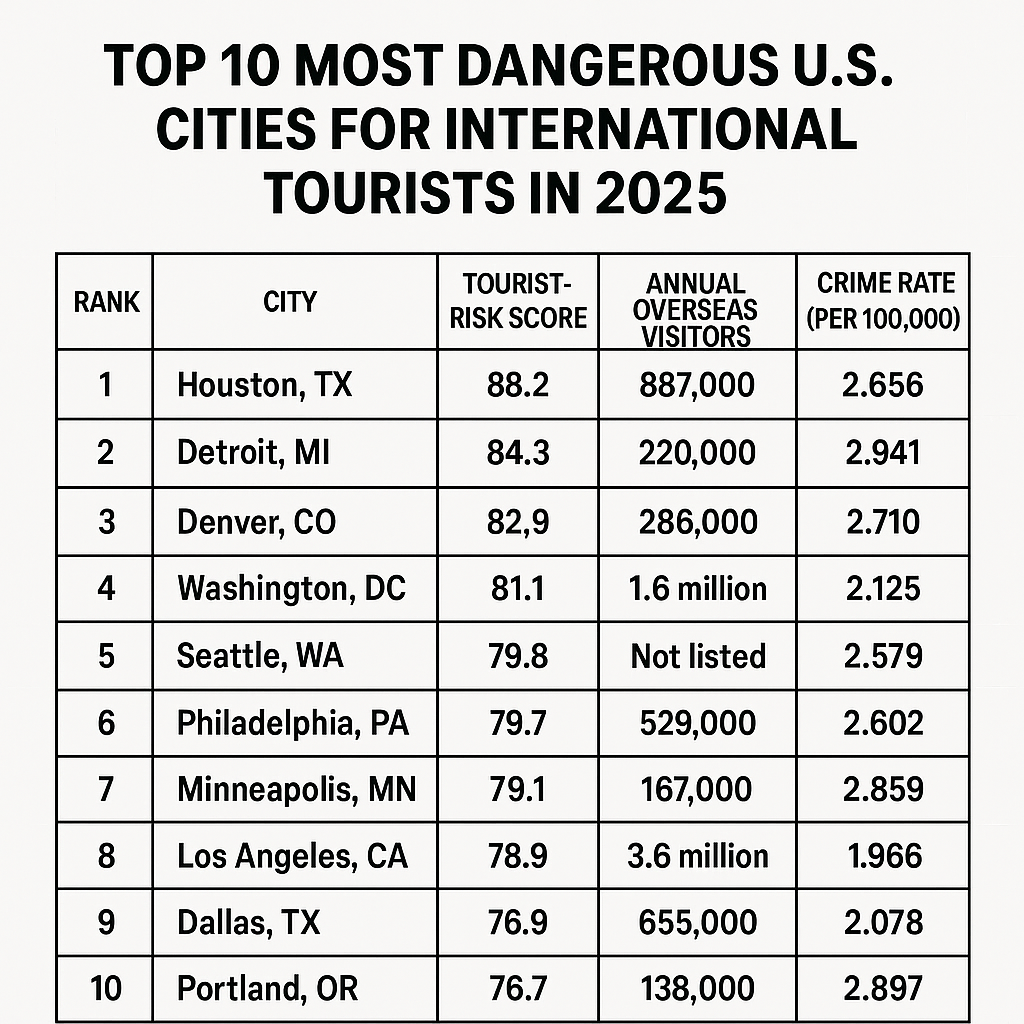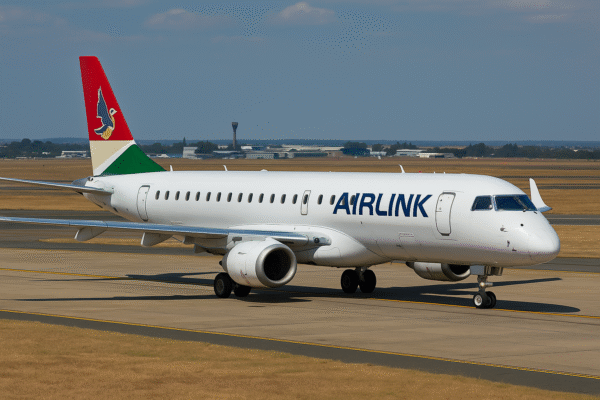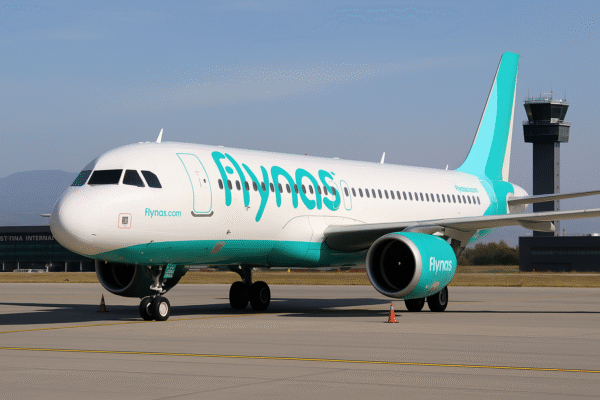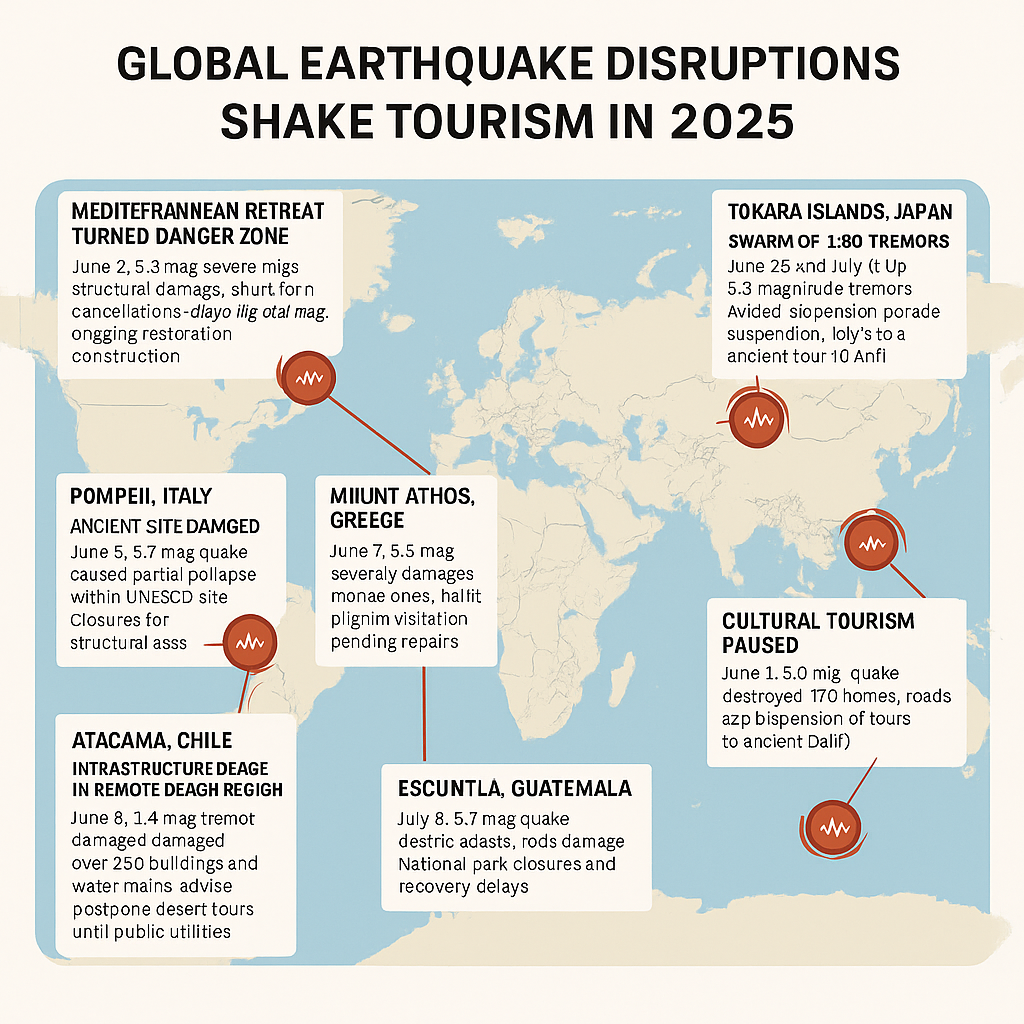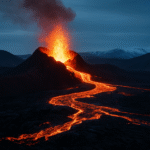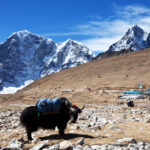The months of June and July 2025 have brought a wave of seismic events across multiple continents, raising serious questions about traveller safety, tourism infrastructure, and the resilience of key travel destinations. From the ruins of Pompeii in Italy to the beaches of Muğla in Turkey and the sacred monasteries of Mount Athos in Greece, earthquakes have left behind structural damage, disrupted travel plans, and forced emergency responses.
The following is a region-by-region analysis of these events and their impact on global tourism.
🇹🇷 Muğla, Turkey – Mediterranean Retreat Turned Danger Zone
On June 2, a magnitude 5.8 earthquake hit southwest Turkey, severely damaging the tourist-frequented Muğla Province, including coastal towns like Fethiye and Marmaris. One person died, and at least 75 were injured, with multiple buildings—including a mosque—collapsing.
Tourism Impact:
Muğla, typically a summer magnet for UK and European travelers, experienced booking cancellations. Damage to accommodations and cultural heritage sites led to a sharp decline in visitor arrivals. However, Turkish tourism authorities have already deployed restoration teams and temporary closures are being gradually lifted as structural safety inspections progress.
🇨🇳 Yunnan, China – Cultural Tourism Paused
A magnitude 5.0 quake on June 4 in Yunnan Province, especially Eryuan County, destroyed over 179 homes and triggered landslides and road collapses. Although not a major international tourist zone, Yunnan’s Dali and Lijiangremain popular among domestic and regional travelers.
Tourism Disruption:
Landslides blocked access to several rural heritage sites. While international tourists were few during this off-season period, local operators suspended services until essential roads are repaired. Recovery is underway with government assistance to rebuild community access and restart tourism safely.
🇮🇹 Pompeii, Italy – Ancient Site Damaged
Italy’s Campania region was shaken by a 3.2 magnitude tremor on June 5, causing a collapse in Pompeii’s Insula Meridionalis. While the quake was minor, the damage to this UNESCO World Heritage Site prompted closures and structural assessments.
Tourism Impact:
As one of Europe’s top archaeological attractions, Pompeii’s closure affected thousands of summer bookings. Tour groups and cruise excursions were redirected to Naples and Herculaneum. Restoration experts are working to stabilize affected areas, and partial reopening is expected by autumn.
🇨🇱 Atacama, Chile – Infrastructure Damage in Remote Desert Region
On June 6, a 6.4 magnitude quake struck near Diego de Almagro in the Atacama Desert, damaging 246 structuresand disrupting power and water services.
Tourism Impact:
Though iconic sites like Valle de la Luna were unaffected, tour operators advised postponements due to infrastructure damage. The Chilean government is focusing on restoring utilities to sustain eco-tourism in San Pedro de Atacama and the surrounding desert communities.
🇬🇷 Mount Athos, Greece – Spiritual Pilgrimage Site Affected
An offshore 5.3 quake on June 7 damaged multiple monasteries in Mount Athos, leading to temporary suspensions of pilgrimages.
Tourism Impact:
Visits to the sacred site were paused. Greek authorities, in partnership with UNESCO, have begun damage assessments and cultural preservation measures. Limited access is expected to resume by September.
🇹🇷 Bursa, Turkey – Industrial Shock, Limited Tourism Impact
On July 2, a 4.2 quake caused a factory ceiling collapse in Bursa, injuring three. While the area is more industrial than touristic, nearby thermal spas experienced minor drops in weekend visitors.
🇮🇩 Maluku, Indonesia – Structural Damage in Coastal Villages
A 4.9 quake on July 4 damaged nearly 500 homes in West Seram Regency, but tourist zones remained largely untouched.
Tourism Note:
Travel agencies rerouted island-hopping excursions away from affected zones, while ferry and air links remained operational. Indonesia’s tourism ministry assured that recovery efforts are minimizing impacts on domestic travel.
🇬🇹 Escuintla, Guatemala – Fatal Earthquake Near Volcano Tourism Area
A 5.7 earthquake on July 8 led to seven deaths and 300 injuries, with widespread building damage in Escuintla and surrounding areas near Pacaya Volcano National Park.
Tourism Impact:
National parks and tour services were suspended. Roads were rendered impassable in several departments. Recovery timelines depend on infrastructure repairs, with fall tourism potentially feasible if reconstruction stays on track.
🇯🇵 Tokara Islands, Japan – Swarm of 1,198 Tremors
Between June 25 and July 4, over 1,100 tremors shook the Tokara Islands, with the strongest reaching magnitude 6.0. Evacuations were issued in coastal communities.
Tourism Note:
The Japanese Meteorological Agency continues to monitor the area. Tourists are currently discouraged from traveling to the islands until seismic activity stabilizes.
🇺🇸 Alaska, USA – Tsunami Scare After 7.3 Quake
A powerful 7.3 earthquake struck offshore near Sand Point, Alaska, on July 16, triggering a tsunami warning. A small tsunami was recorded, and aftershocks continue.
Travel Update:
No injuries or serious damage were reported. Local tourism in Alaska’s coastal areas has resumed with caution, and tsunami monitoring remains active.
What Travelers Should Know Now
- Check real-time travel advisories from government sites such as the UK Foreign Office, U.S. State Department, or DFAT (Australia).
- Delay or reroute travel to earthquake-impacted zones until safety is confirmed.
- Purchase comprehensive travel insurance covering natural disasters and emergency evacuations.
- Support local recovery by visiting once destinations reopen, as tourism revenues are critical to rebuilding efforts.
Final Thought: The Future of Seismic-Resilient Tourism
As natural disasters intensify, tourism recovery planning must be faster, smarter, and more sustainable. From UNESCO site restorations in Pompeii and Mount Athos to infrastructure rehabilitation in Muğla and Guatemala, the global tourism industry must collaborate with governments, architects, and emergency planners to rebuild stronger and safer for the future.
Travelers, remain informed, stay flexible, and above all, travel responsibly in a world where nature’s power continues to reshape the landscape of global tourism.
For more travel news like this, keep reading Global Travel Wire




